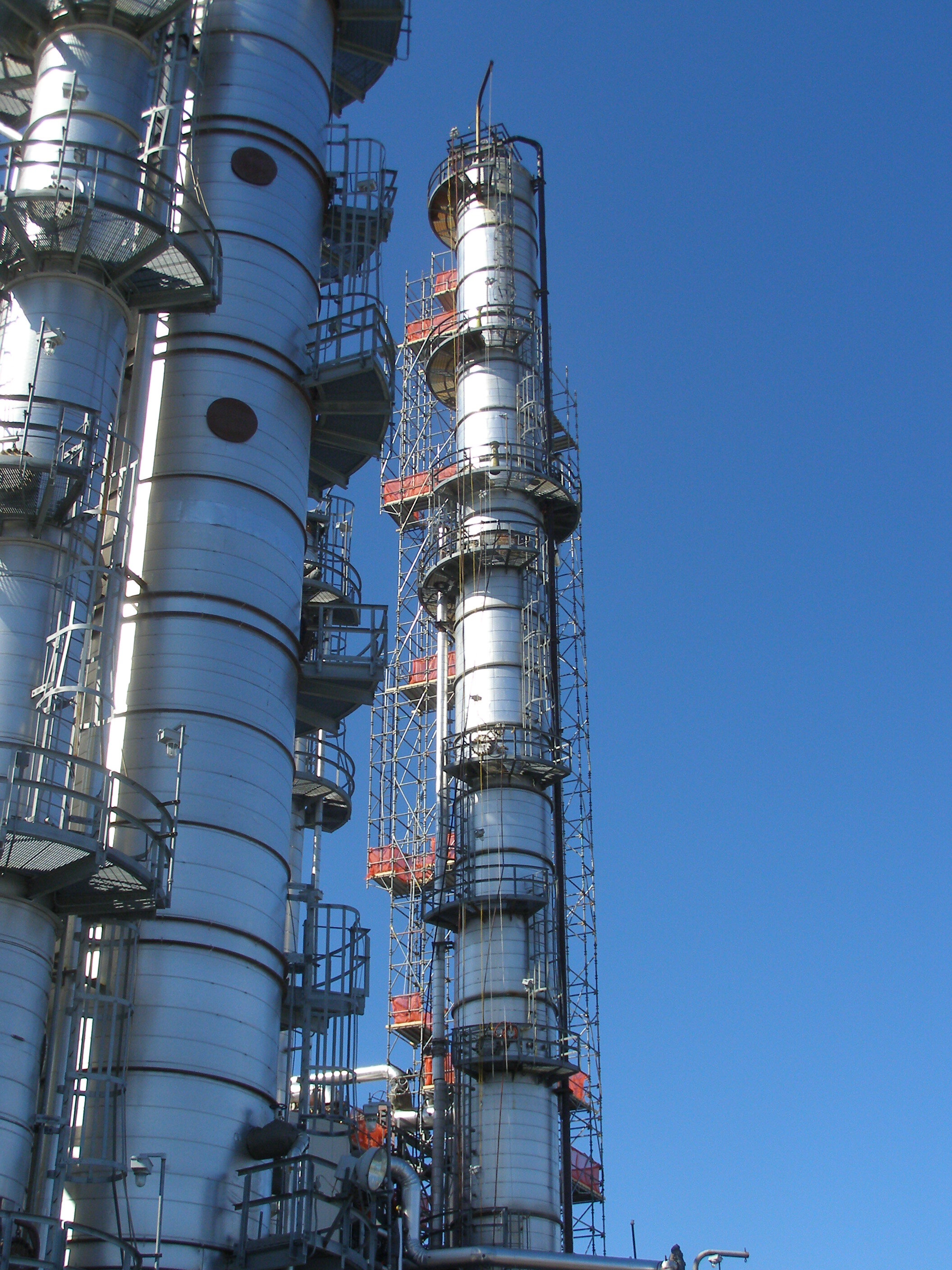
Mercury Assessment & Management
Mercury Assessment and Management
PEI has performed extensive mercury mapping studies identifying and characterizing mercury sources and distribution in entire gas production fields, in gas production equipment on offshore platforms, in natural gas separation and dehydration plants, in midstream gas processing plants, along major natural gas transmission pipelines, and in oil refineries.
These studies have provided accurate data for mercury removal unit (MRU) design and determined the distribution and flux of mercury through gas gathering and processing systems. PEI has designed and implemented monitoring programs for compliance with gas quality agreements at custody transfer points. In addition, PEI has designed gas quality compliance programs including continuous monitoring programs with relative accuracy testing audit components to verify the functionality and accuracy of continuous mercury monitoring systems.
PEI uses state-of-the-art technology and equipment to measure and analyze mercury in hydrocarbon process streams and is capable of measuring mercury in parts per trillion ranges. The risk to process equipment through liquid metal embrittlement (LME) and/or amalgam corrosion (AMC) on aluminum heat exchangers are well documented. PEI advises clients on analytical methodology and procedures and provides qualified sampling teams to collect and analyze hydrocarbon process stream samples for computational modeling.
PEI uses computational modeling based on mercury concentrations, fluid dynamics, and process thermodynamics to predict the amount and location of mercury in process systems. Mercury and its compounds are soluble in hydrocarbon process streams (crude oil and gas condensates) and the partitioning of mercury into product and effluent streams present complicated waste management problems. Mercury and mercury compounds in hydrocarbon processing presents risks to workers, the environment, and process equipment. Additionally, decommissioning of process equipment and vessels contaminated with mercury present health and safety risks during welding, cutting and grinding operations and can complicate transportation and disposal as recoverable steel.
PEI’s team provides an integrated comprehensive and proactive approach to mitigate these risks including:
Measuring mercury in drill stem tests
Confirmation analysis of mercury in early production
Predictive modeling
Predictive modeling confirmation analysis
Mercury speciation in hydrocarbon streams
Mercury awareness training
Medical surveillance monitoring
Maintenance and Inspection event plans and procedures
Chemical decontamination programs
Verification sampling plans and procedures
Waste minimization technologies, plans and procedures
Facility mercury management and guidance plans
Decommissioning plans and procedures
